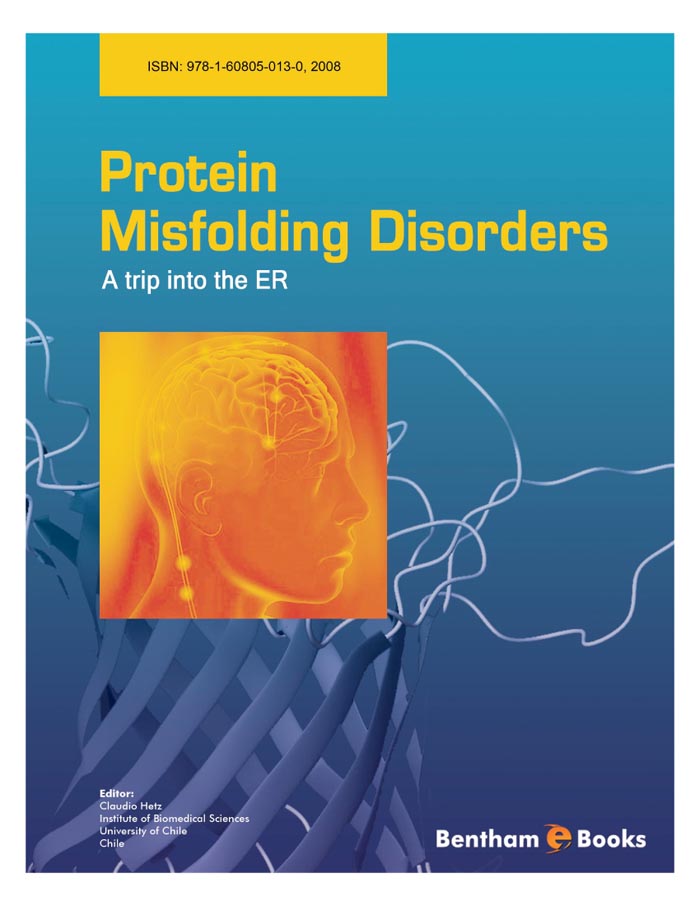The functional and structural integration between different subcellular compartments is essential for the proper function of a cell. At each organelle, different molecular sentinels permanently sense stressful cellular conditions and initiate complex responses that aim either to adapt to the new conditions restoring homeostasis, or to induce cell suicide to eliminate the damaged cell. One particular organelle, the endoplasmic reticulum (ER), had merged as a main subcellular compartment affected in diverse pathological conditions as diverse as cancer, diabetes, and brain disorders. The ER has important roles in physiology including regulating and executing many post-translational modifications of proteins, ensuring their proper folding and facilitating formation of functional protein complexes. The ER is also the place where the biosynthesis of steroids, cholesterol, and other lipids occurs, playing a crucial role in organelle biogenesis and signaling through the generation of lipid second messengers. The ER is well-known as a major calcium store in the cells and thus constitutes a signaling organelle that modulates many cellular processes including proliferation, cell death and differentiation via calcium release.
A number of physiological and pathological conditions alter the protein folding status at the ER, leading to the accumulation of unfolded or misfolded proteins in the ER lumen, a cellular condition referred as “ER stress”. ER stress triggers a complex adaptive reaction known as the unfolded protein response (UPR), which aims the restoration of the homeostasis of this organelle. Activation of the UPR affects the expression of proteins involved in nearly every aspect of the secretory pathway, including protein entry into the ER, folding, glycosylation, ER-associated degradation (ERAD), ER biogenesis, lipid metabolism and vesicular trafficking. The UPR restores the folding capacity to decrease unfolded protein load. Different physiological conditions can induce the UPR by increasing the demand of protein synthesis/secretion or by the generation of excessive misfolded proteins as described for B lymphocytes and pancreatic β cells. Also, abnormal metabolic conditions, such as glucose deprivation can trigger the UPR. Components of the ER stress pathway have been shown to be an important factor for tumor survival and growth due to an adaptation to hypoxia conditions. In addition, in different neurodegenerative conditions associated with protein misfolding (including Huntington's disease, Alzheimer's, Prion-related disorders, amyotrophic lateral sclerosis and others), an irreversible alteration of ER homeostasis has been proposed to be a critical mediator of neuronal dysfunction.
In this book we put together many specialized chapters discussing the emerging role of ER stress and protein misfolding in diverse pathologies. Dr. Fumico Urano from UMASS gives a comprehensive summary of the experimental data supporting the role of the UPR in diabetes. Crucial mediators in the alleviation of the stress in the ER are protein chaperones and foldases of the Glucose Regulated Protein (GRPs) family. Amy Lee, one of the pioneers in the study of GRPs in apoptosis and ER stress, presents an overview of the multiple functional roles of this family of proteins in cancer. Randal Kaufman, a recognized pioneer in the field, prepared a detailed analysis of the function and interconnection between different UPR signaling pathways.
Accumulation of abnormal protein aggregates composed of misfolded proteins is a common denominator in many neurological disorders. Diferent specialist in diverse neurological disorders, including Drs. Julie Atkin, Hidenori Hichijo, Takashi Momoi, Othman Ghribi, Nibaldo Inestrosa, Claudio Soto, and myself, discuss recent evidences suggesting the involvement of ER stress and other signaling pathways in protein misfolding disorders affecting the nervous system and the possible therapeutic benefits of targeting the UPR. As the reader will conclude from this selected group of chapters, pharmacological targeting of different components of the UPR/ER stress pathway may have therapeutic application for the treatment of many pathological conditions, such as diabetes, cancer and neurological disorders.
Claudio Hetz, PhD
Director Laboratory Cellular Stress and Biomedicine
Institute of Biomedical Sciences
University of Chile
Santiago, Chile.
and Adjunct Professor
Harvard School of Public Health
Boston, USA

